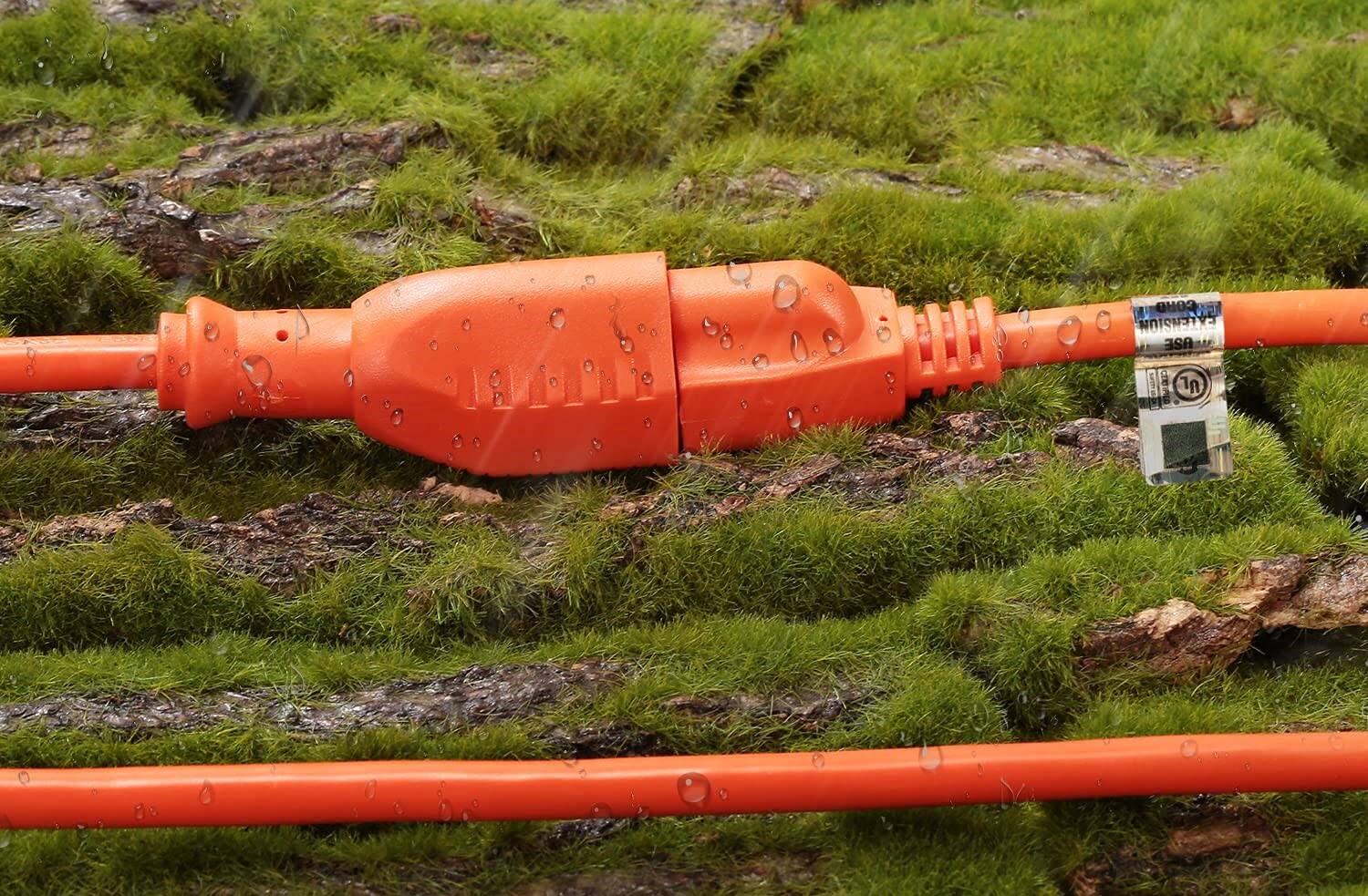

Articles
What To Do If Extension Cord Gets Wet
Modified: February 29, 2024
Discover what you should do if your extension cord gets wet. Read our informative articles for helpful tips and advice.
(Many of the links in this article redirect to a specific reviewed product. Your purchase of these products through affiliate links helps to generate commission for Storables.com, at no extra cost. Learn more)
Introduction
An extension cord is a valuable tool in many households and workplaces. It allows us to conveniently power our devices and appliances, even when the outlets are located far away. However, accidents happen, and sometimes extension cords can get wet. Whether it’s due to a spill, rainstorm, or any other unforeseen circumstances, it’s important to know what to do when faced with a wet extension cord.
Water and electricity are a dangerous combination, and using a wet extension cord can pose serious risks. It can lead to electrical shocks, short circuits, fires, and damage to the connected devices. Therefore, it’s crucial to take immediate action to assess the situation and ensure the safety of yourself and others.
In this article, we will provide you with a step-by-step guide on what to do if your extension cord gets wet. Following these steps will help you properly handle and address the situation, minimizing any potential hazards and protecting your electrical equipment.
Key Takeaways:
- Safety first: Disconnect, dry, inspect, and test wet extension cords to prevent electrical hazards. Prioritize personal safety and seek professional help if needed.
- Prevention is key: Protect extension cords from moisture, use covers, and store them properly. When in doubt, prioritize safety and seek professional assistance.
Read more: What To Do If An Electrical Cord Gets Wet
Step 1: Disconnect the Extension Cord
The first and most important step when dealing with a wet extension cord is to disconnect it from the power source immediately. This will help prevent any accidental electrocution or further damage to the cord and connected devices.
Before disconnecting the cord, ensure that your hands and the surrounding area are dry. It’s crucial to prioritize your own safety throughout the process. If you are standing on a wet surface, make sure to dry it or move to a dry area before proceeding.
When unplugging the cord, avoid pulling it by the cord itself. Instead, grip the plug firmly and gently remove it from the outlet. This will help prevent any strain or damage to the cord or the outlet.
Once the cord is disconnected, avoid touching the exposed metal prongs of the plug. These prongs may still be wet and potentially carry an electric charge, which can be dangerous. Handle the plug from the insulated portion, or wear protective gloves if necessary.
Now that the extension cord is disconnected, you can move on to the next steps to ensure its proper handling and drying.
Step 2: Ensure Safety Measures
After disconnecting the wet extension cord, it is important to prioritize safety measures to minimize the risk of electrical accidents. Here are some essential safety measures to follow:
- Keep the Area Dry: Ensure that the area where the wet extension cord is located is dry. This will help prevent further accidents and electrocution. If there are any puddles or wet surfaces nearby, dry them thoroughly before proceeding.
- Wear Protective Gear: To protect yourself from potential electrical hazards, it is advisable to wear appropriate protective gear. This can include rubber gloves, non-conductive footwear, and safety glasses. These precautions will serve as an added layer of protection while handling the wet cord.
- Disconnect Other Electrical Devices: If the wet extension cord is connected to any electrical devices, make sure to disconnect them as well. This will prevent any potential damage to the devices and reduce the risk of electrical hazards.
- Turn off Power Supply: If the wet extension cord was connected to an outdoor power source, such as a power outlet or extension box, it is advisable to turn off the power supply at the main breaker or switch. This will eliminate the chance of accidentally turning on the power while handling the wet cord.
- Secure a Dry Workspace: Find a clean and dry area where you can safely work on drying the extension cord. This can be a well-ventilated room or a space with access to natural airflow. Make sure to clear any obstacles or flammable materials from the vicinity to minimize the risk of accidents.
By following these safety measures, you will create a safer environment for working with the wet extension cord and reduce the likelihood of electrical accidents.
Step 3: Let the Cord Dry Completely
After ensuring safety measures are in place, the next step is to let the wet extension cord dry completely. This will help eliminate any moisture and reduce the risk of electrical malfunctions or damage to the cord.
Here’s what you should do to effectively dry the extension cord:
- Uncoil the Cord: Carefully uncoil the extension cord to its full length. This will allow air to circulate around the cord and facilitate the drying process.
- Hang the Cord: Find a suitable location to hang the extension cord. Ideally, find a dry and well-ventilated area where there is ample airflow. Make sure to hang the cord in a way that prevents it from coming into contact with any wet surfaces or objects.
- Utilize Natural Airflow: If possible, take advantage of natural airflow by placing the extension cord outdoors or near a window. This will help expedite the drying process. However, ensure that the cord is protected from direct sunlight, as prolonged exposure to sunlight can cause damage to the cord’s insulation.
- Use Fans or Dehumidifiers: If natural airflow is insufficient, you can use fans or dehumidifiers to enhance the drying process. Position the fans or dehumidifiers in a way that encourages air circulation around the cord without direct contact.
- Be Patient: Depending on the extent of moisture, it may take several hours or even days for the extension cord to dry completely. It’s important to exercise patience and avoid rushing the process. Rushing can increase the likelihood of accidents and damage to the cord.
By allowing the extension cord to dry completely, you will minimize the risk of electrical hazards and ensure its safe usage in the future.
Do not use a wet extension cord. Unplug it immediately and let it dry completely before using it again to avoid the risk of electric shock or damage.
Step 4: Inspect for Damages
Once the extension cord has dried completely, it’s crucial to inspect it thoroughly for any damages. Moisture can cause deterioration and weaken the cord’s insulation, potentially creating a safety hazard. Here are the steps to follow when inspecting the cord:
- Check the Exterior: Start by examining the exterior of the cord for any visible signs of damage such as fraying, cracks, or exposed wires. Pay close attention to the ends of the cord and any connectors to ensure they are intact. If you notice any damage, it is essential to replace the cord to avoid the risk of electrical hazards.
- Test the Flexibility: Gently manipulate the cord throughout its length to check its flexibility. A wet cord may become stiff or rigid, indicating damage to the insulation. If the cord feels brittle or does not flex easily, it is best to replace it as it may pose a safety risk.
- Check for Burn Marks or Discoloration: Inspect the entire length of the cord for any burn marks or discoloration. These signs may indicate overheating or short circuits, which can be caused by moisture. If you notice any unusual marks or discoloration, it’s best to replace the cord to ensure safe electrical usage.
- Test the Prongs and Connectors: Examine the prongs of the extension cord plug and any other connectors for signs of damage. Ensure that they are clean, undamaged, and securely attached. Anything loose or damaged should be replaced immediately to avoid potential electrical hazards.
- Perform a Continuity Test: If you have the necessary equipment and knowledge, you can perform a continuity test to check if the conductors inside the cord are functioning properly. This test can help identify any hidden or internal damages that may not be visible to the naked eye.
If you discover any damages during the inspection, it is crucial to replace the extension cord with a new one. Using a damaged cord can pose significant safety risks and potentially cause electrical accidents or fires.
By thoroughly inspecting the extension cord, you can ensure its safe and reliable use in the future.
Read more: What To Do If Your Mattress Gets Wet
Step 5: Test the Extension Cord
After the extension cord has been dried and inspected for damages, the next step is to test its functionality. Testing the cord will help ensure that it is in proper working condition and safe to use. Here are the steps to follow to test the extension cord:
- Plug it into a Power Source: Find a working power outlet or an appropriate power source to plug in the extension cord.
- Connect a Test Device: Connect a small and low-power electrical device, such as a lamp or a radio, to the extension cord. This will allow you to test the cord’s ability to transmit electricity.
- Turn on the Test Device: Once the device is connected, turn it on to verify if it functions properly when connected to the extension cord. Check for any flickering, intermittent power supply, or unusual noises, as these may indicate issues with the cord.
- Test Multiple Outlets: If possible, test the cord on multiple power outlets to ensure its functionality. This will help identify any outlet-related issues or potential problems with specific sections of the extension cord.
- Monitor for Overheating: While the test device is plugged in and turned on, closely monitor the extension cord for any signs of overheating. If you notice any unusual warmth or the cord becomes hot to the touch, immediately unplug the cord and discontinue its use. Overheating can indicate a potential fire hazard.
If the extension cord passes the functionality test without any issues, it can be considered safe to use. However, it is important to continue monitoring the cord during use for any signs of unusual behavior or damage.
Remember, if the extension cord fails the functionality test or shows any signs of malfunction, it is crucial to replace it with a new one. Using a faulty cord can lead to electrical accidents or damage to connected devices.
By conducting a thorough test of the extension cord, you can ensure its reliability and safety for future use.
Step 6: Seek Professional Help if Necessary
In some cases, it may be necessary to seek professional help if you encounter any persistent issues or concerns with the wet extension cord. Professional assistance can provide expertise and ensure that the cord is properly assessed and repaired if needed. Here are some situations where professional help should be sought:
- Water Damage is Extensive: If the extension cord has been submerged in water for an extended period or if the water damage is severe, it’s best to consult with an electrician or a professional repair service. They can assess the extent of the damage and determine if the cord can be salvaged or needs to be replaced.
- Visible Internal Damage: If you suspect internal damage to the extension cord but are unable to detect it through visual inspection, it is advisable to reach out to a professional. They can utilize specialized equipment to conduct a more detailed assessment of the cord’s internal components and identify any potential issues.
- Continuous Malfunction: If the extension cord continues to malfunction even after following the previous steps, it’s a sign that there may be underlying issues that require professional attention. An electrician can diagnose the problem and recommend the appropriate repairs or replacements.
- Inadequate DIY Repair Attempts: If you have attempted to repair the extension cord yourself but are unsure of its effectiveness or safety, it’s crucial to consult a professional. They can ensure that the cord is properly repaired or replaced to avoid any further damage or potential hazards.
- General Safety Concerns: If you have any general safety concerns or doubts about the condition of the extension cord, it’s always best to err on the side of caution and seek professional assistance. They can provide expert advice and guidance based on their knowledge and experience.
Remember, the safety of yourself, your family, and your property should be the top priority. Trusting professionals to handle any complex or uncertain situations with your extension cord is a wise decision that can help prevent accidents and ensure long-term electrical safety.
By seeking professional help if necessary, you can address any lingering concerns and ensure that the extension cord is safe and reliable for future use.
Conclusion
Dealing with a wet extension cord may seem daunting, but by following the proper steps, you can ensure your safety and protect your electrical equipment. Remember, water and electricity do not mix, and it’s crucial to approach the situation with caution.
In this article, we discussed six important steps to take if your extension cord gets wet. Let’s recap those steps:
- Disconnect the Extension Cord: Immediately disconnect the cord from the power source to prevent any potential electrical hazards.
- Ensure Safety Measures: Prioritize safety by keeping the area dry, wearing protective gear, and disconnecting other electrical devices.
- Let the Cord Dry Completely: Allow the extension cord to dry thoroughly by uncoiling and hanging it in a well-ventilated area.
- Inspect for Damages: Carefully inspect the cord for any visible damages, flexibility issues, burn marks, or discoloration.
- Test the Extension Cord: Plug the cord into a power source and connect a test device to ensure its functionality and safety.
- Seek Professional Help if Necessary: If you encounter persistent issues or have concerns, consult with an electrician or professional repair service.
By following these steps, you can mitigate the risks associated with a wet extension cord and ensure its safe use in the future.
However, prevention is the key to avoiding such situations altogether. Be proactive in protecting your extension cords from moisture by keeping them away from water sources, using appropriate covers, and storing them properly when not in use.
Lastly, always prioritize your safety and the safety of others. If you are unsure about handling a wet extension cord or have any concerns, do not hesitate to seek professional assistance. It’s better to be safe than sorry when it comes to dealing with electricity.
Remember, a little caution goes a long way in maintaining a safe and functional electrical environment.
Frequently Asked Questions about What To Do If Extension Cord Gets Wet
Was this page helpful?
At Storables.com, we guarantee accurate and reliable information. Our content, validated by Expert Board Contributors, is crafted following stringent Editorial Policies. We're committed to providing you with well-researched, expert-backed insights for all your informational needs.
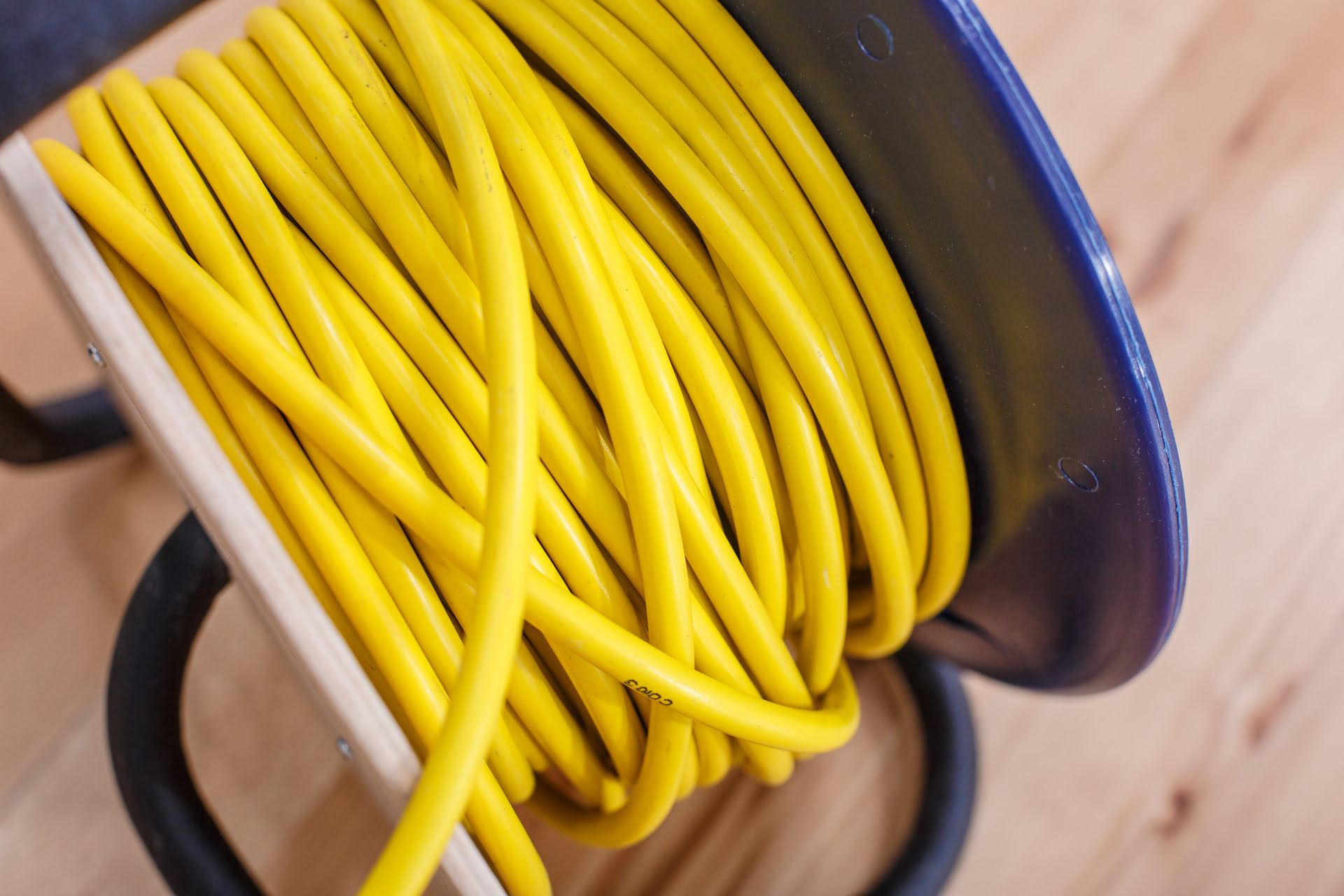
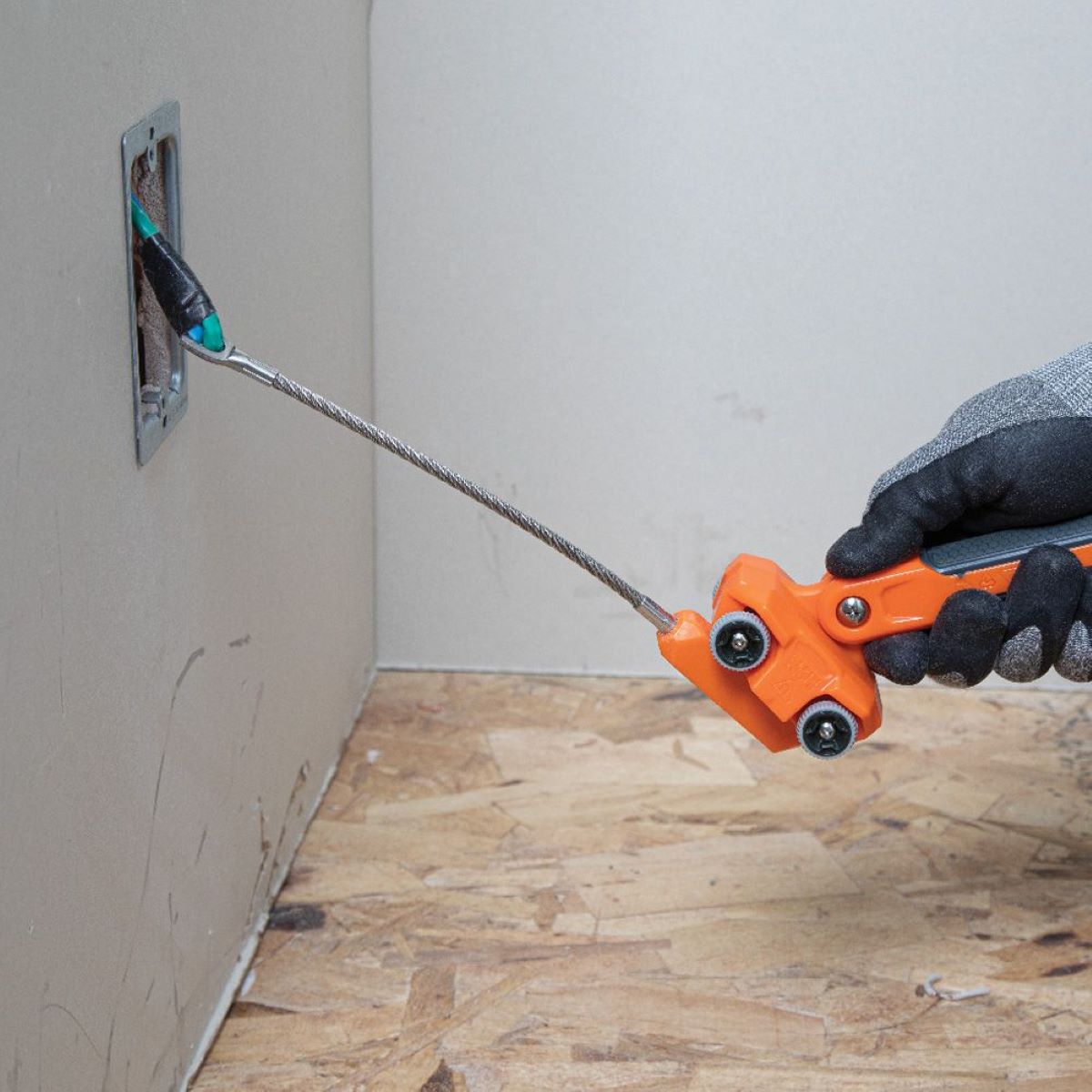
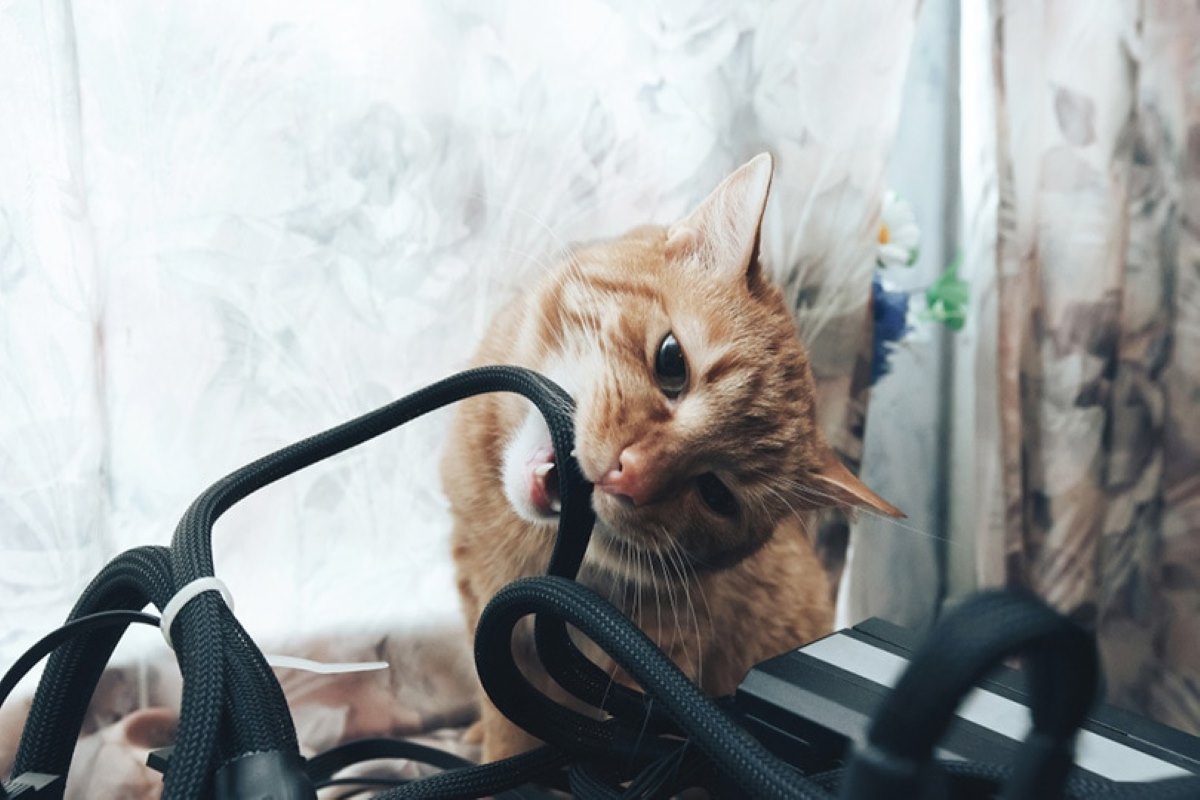
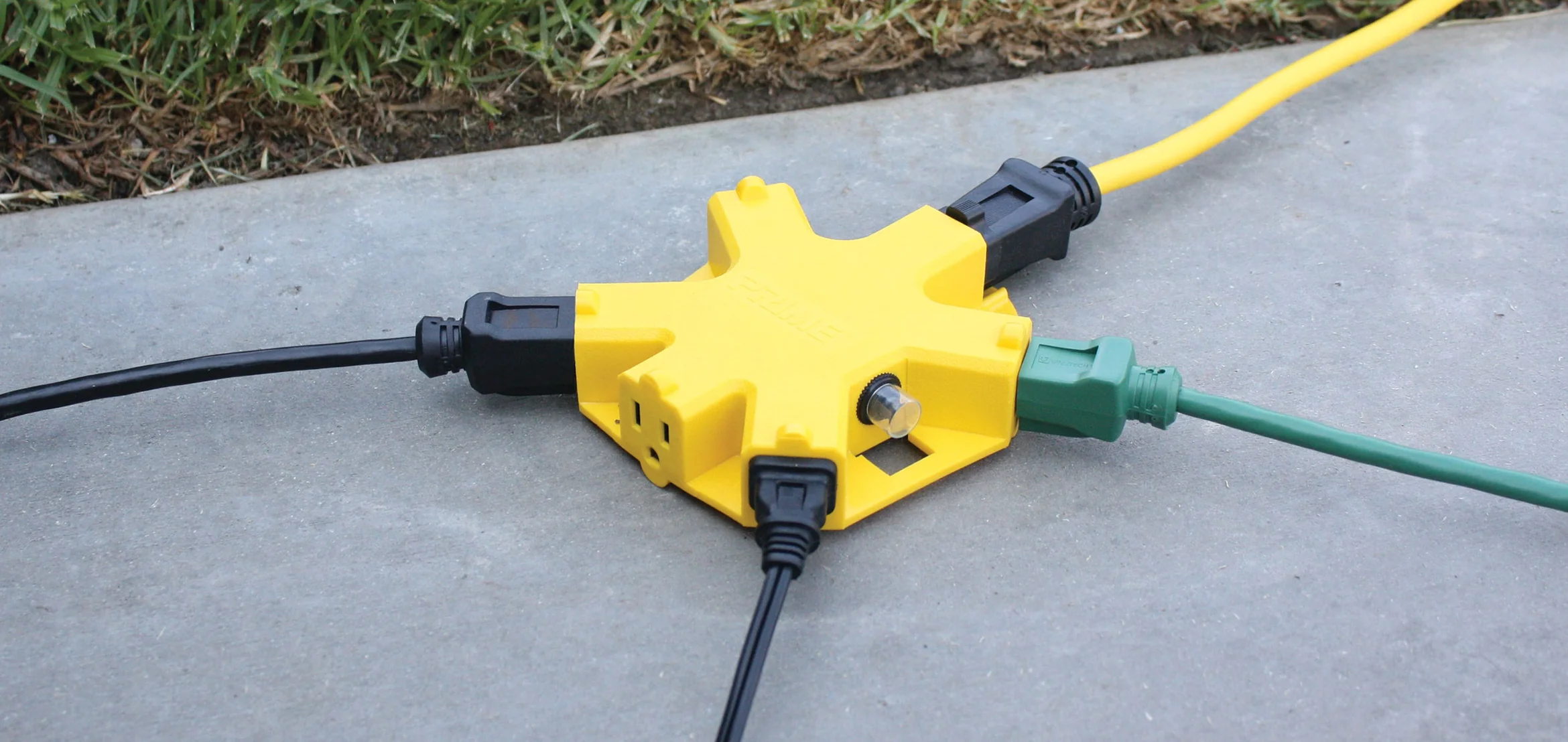
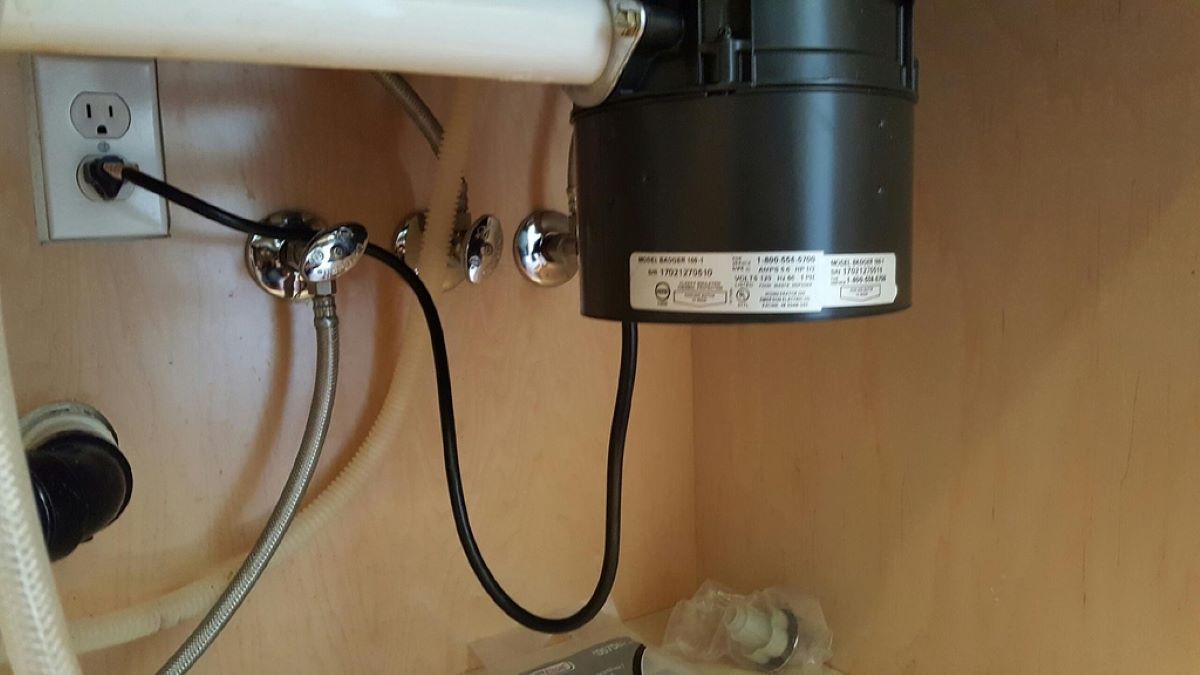
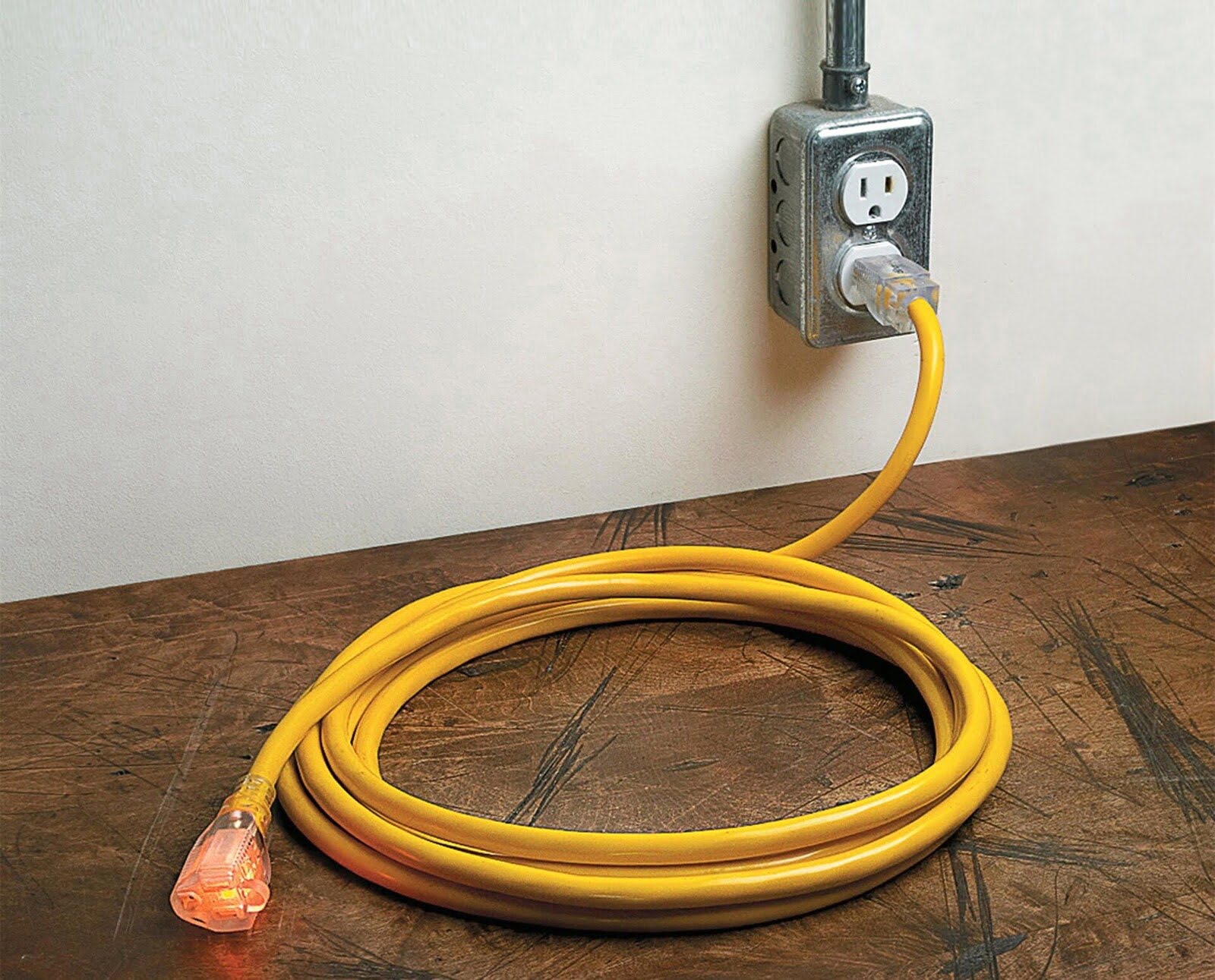
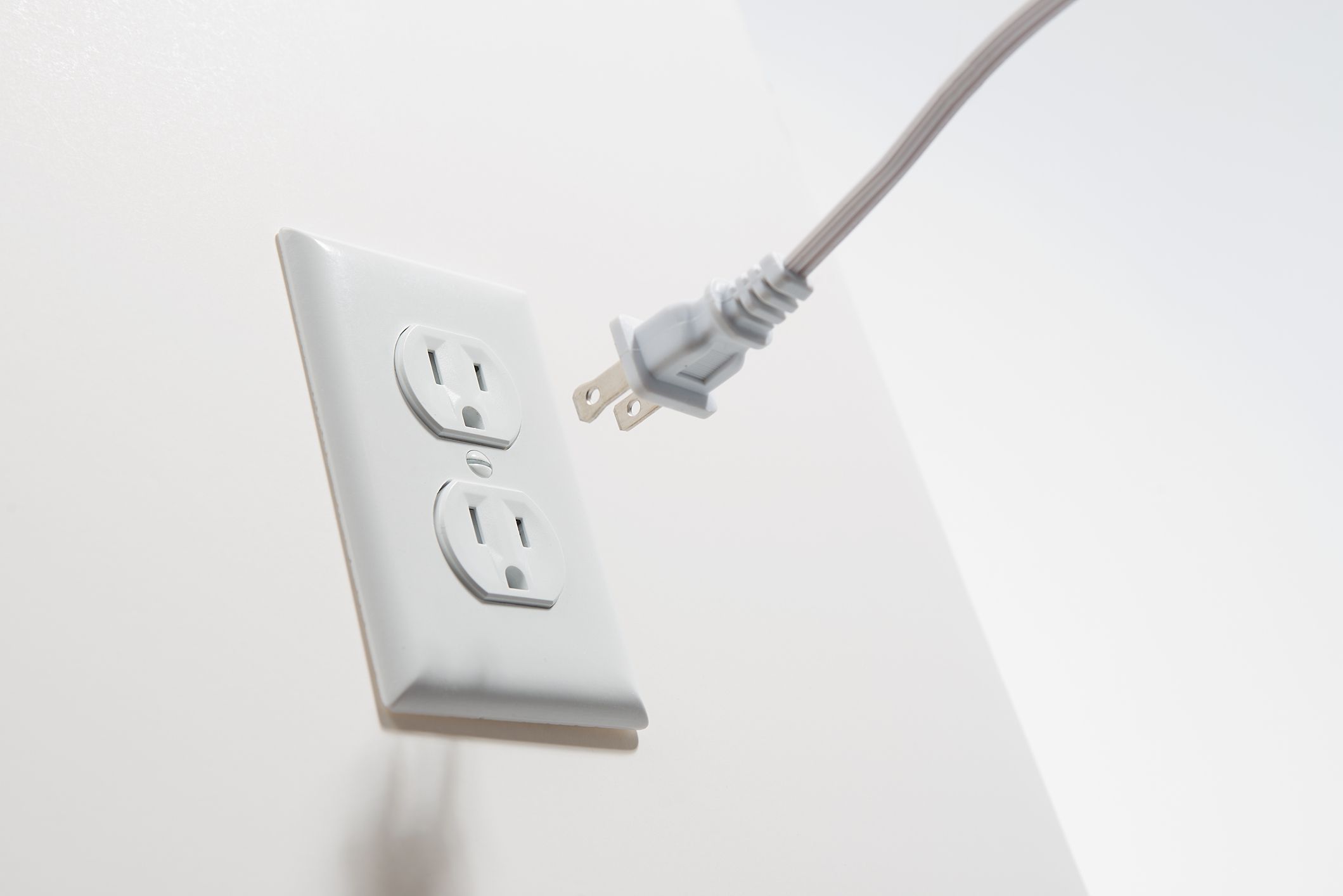
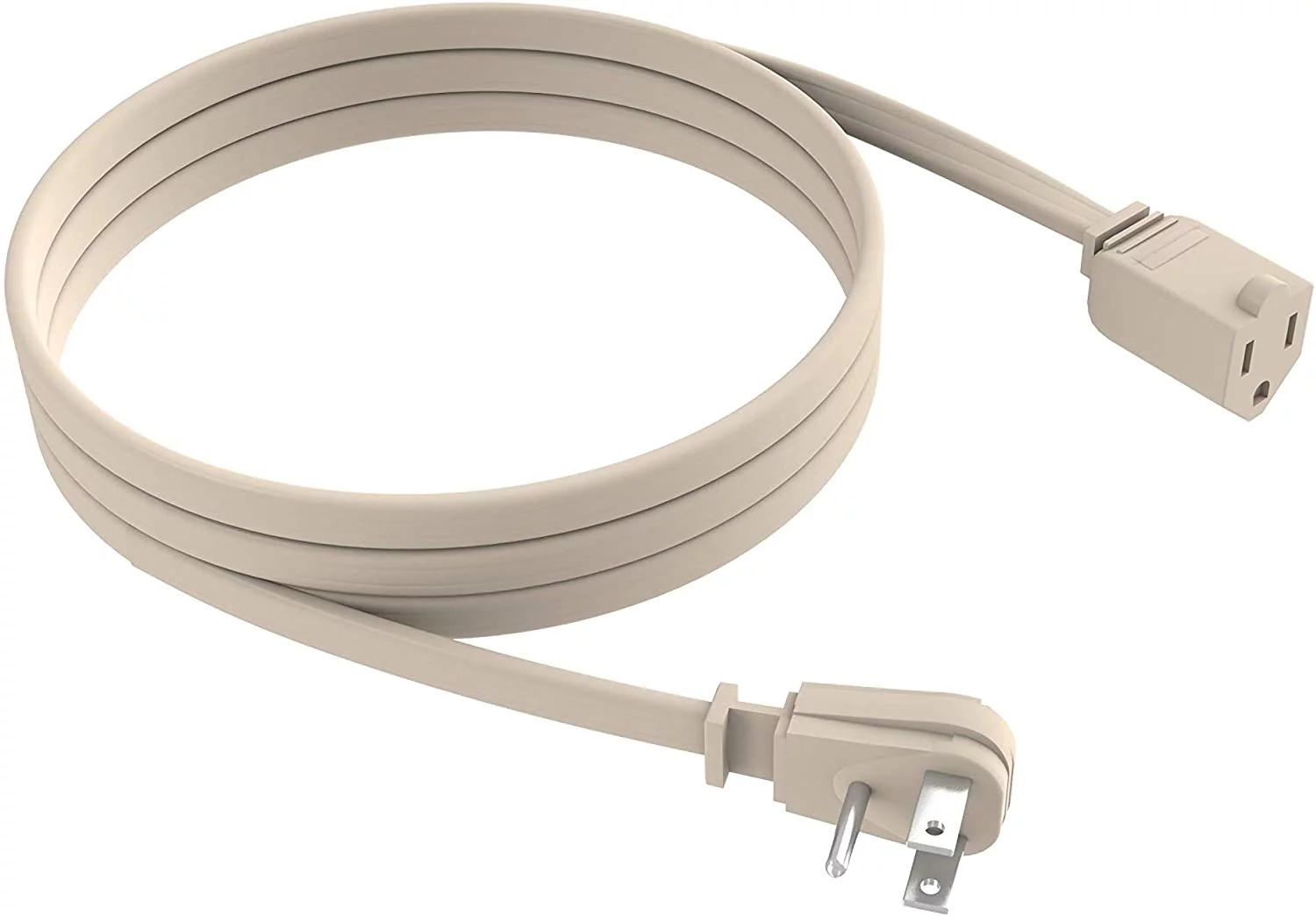
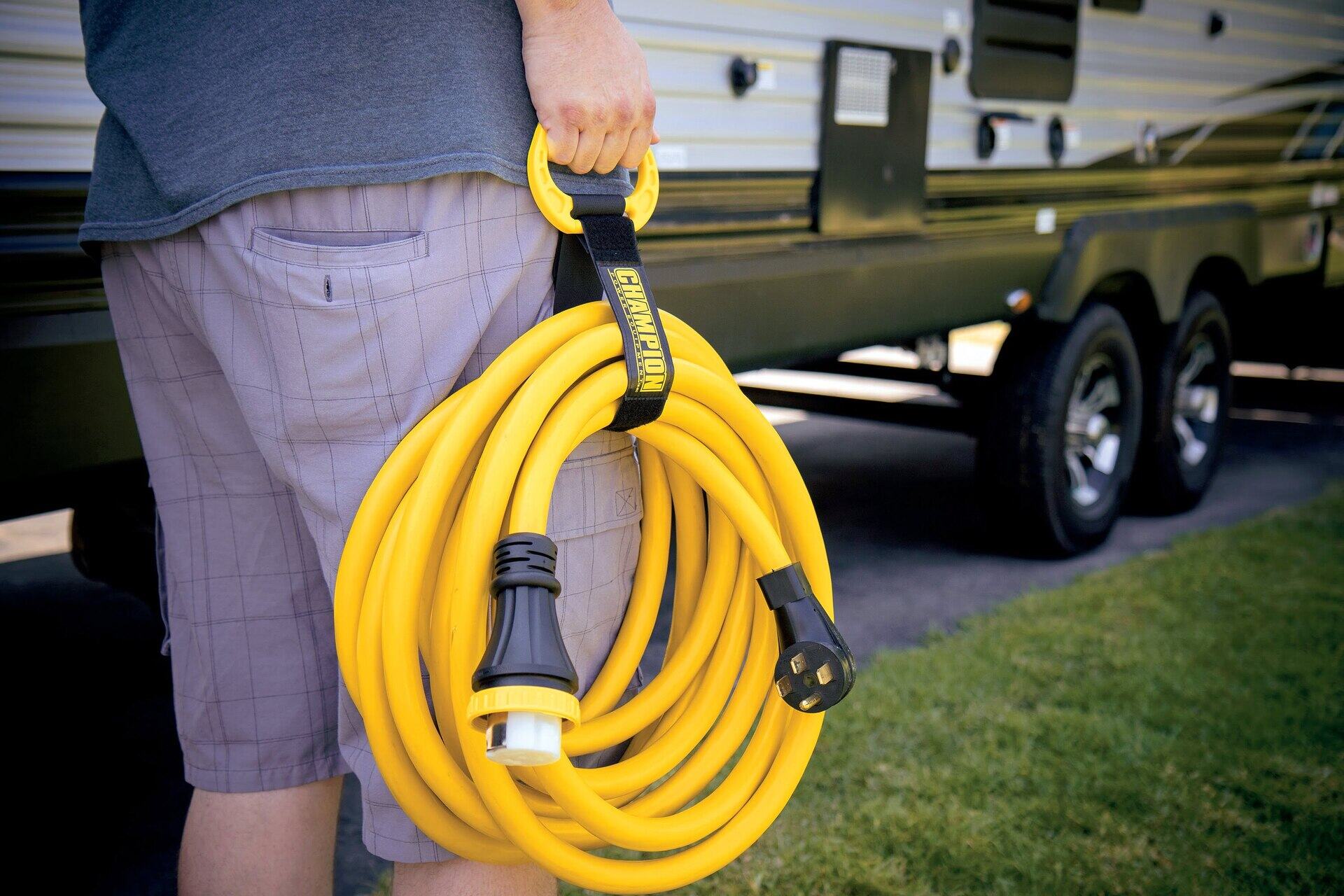
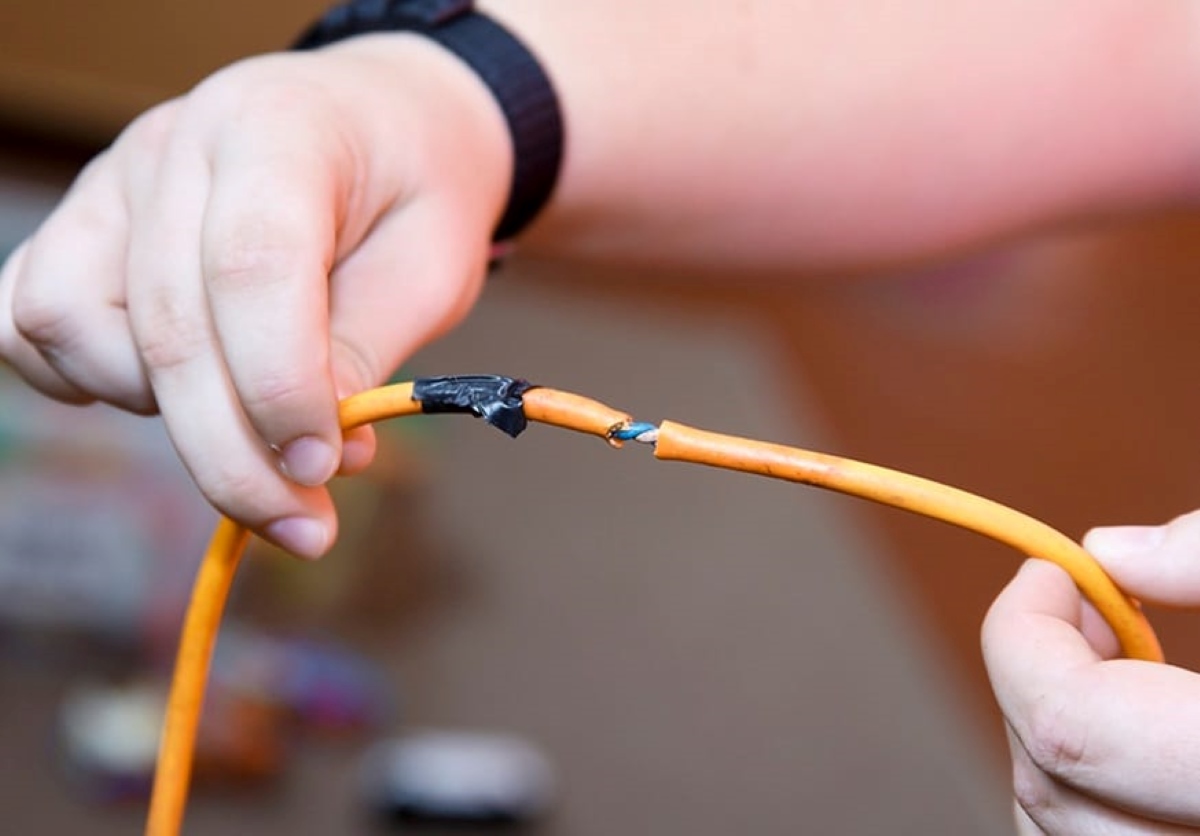
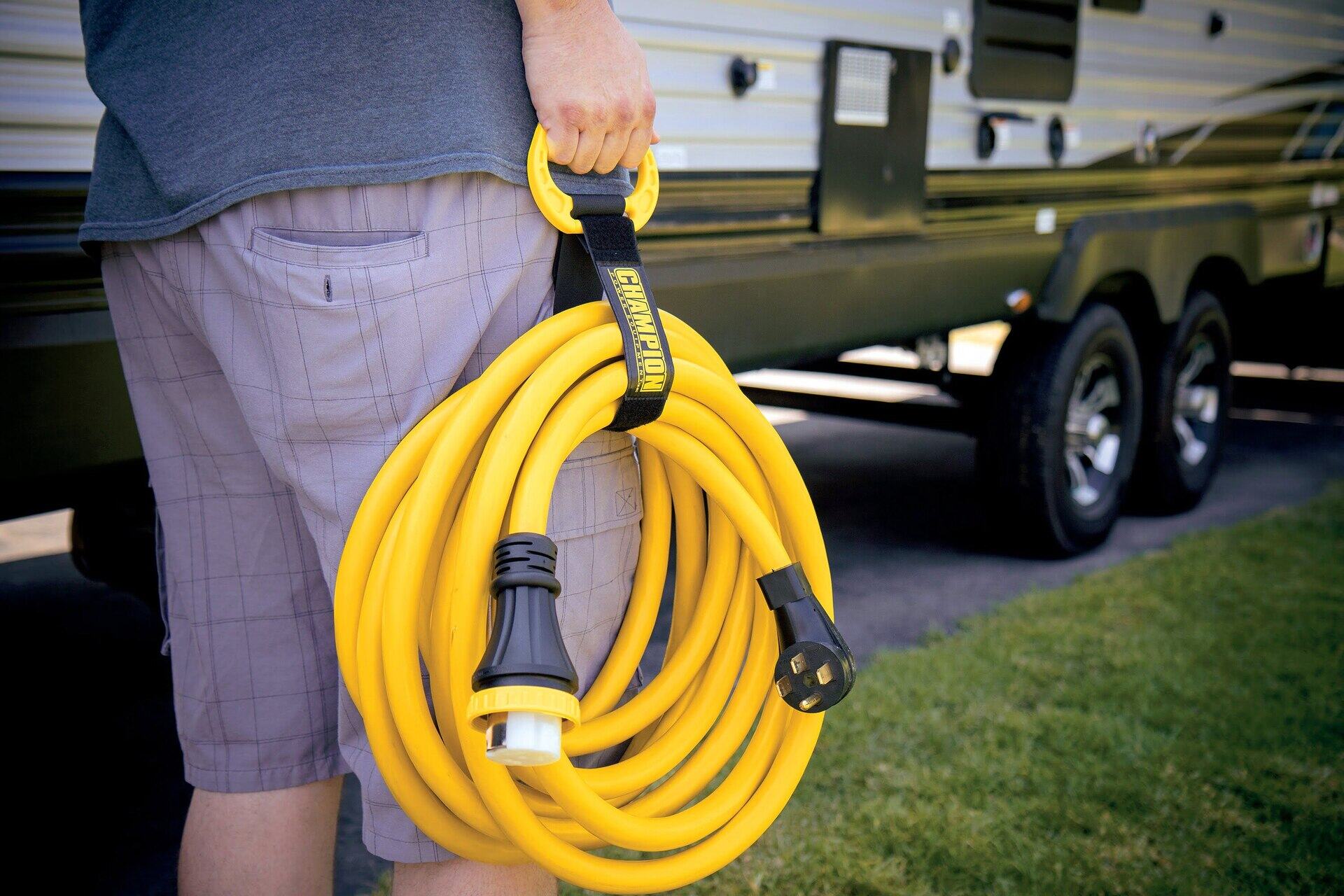
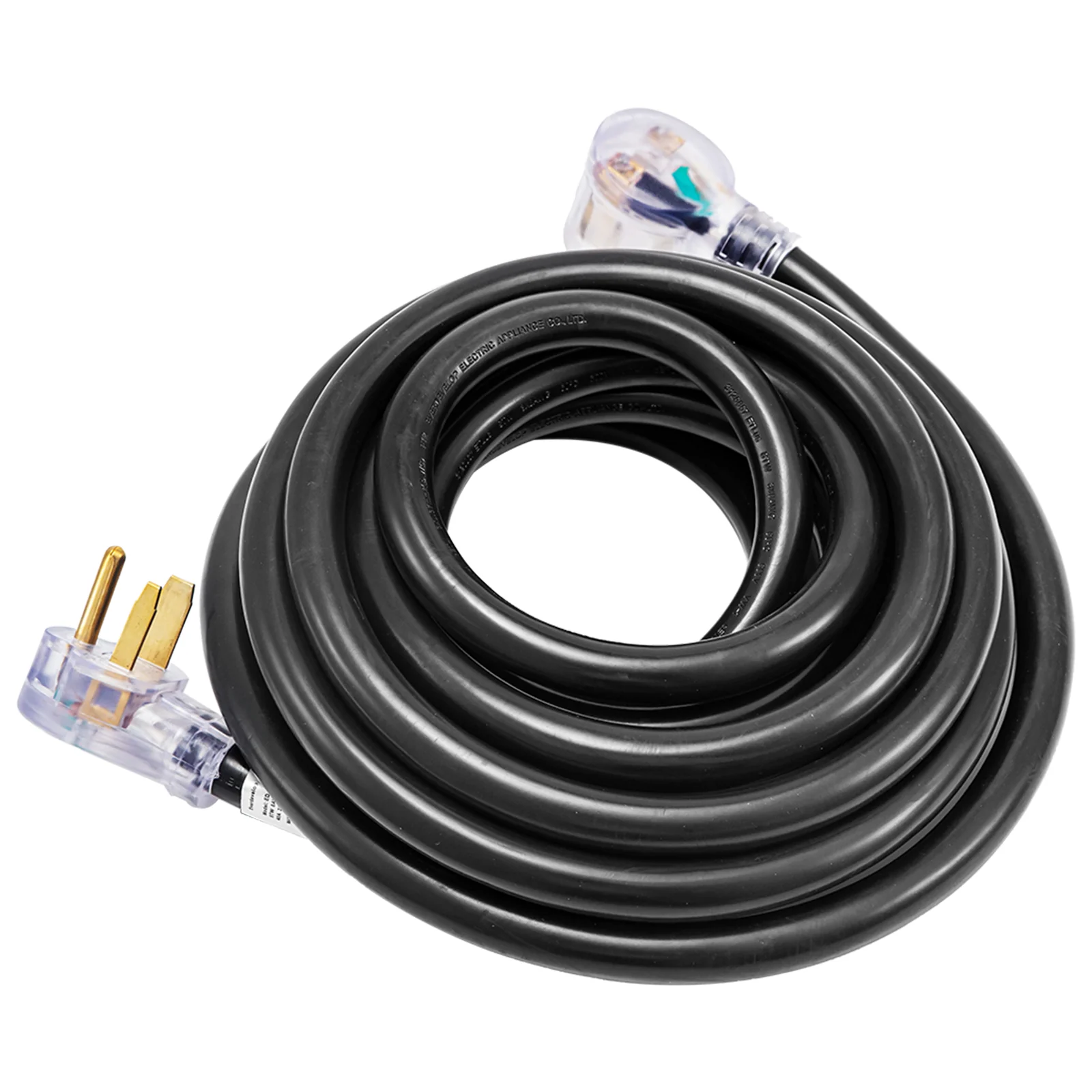
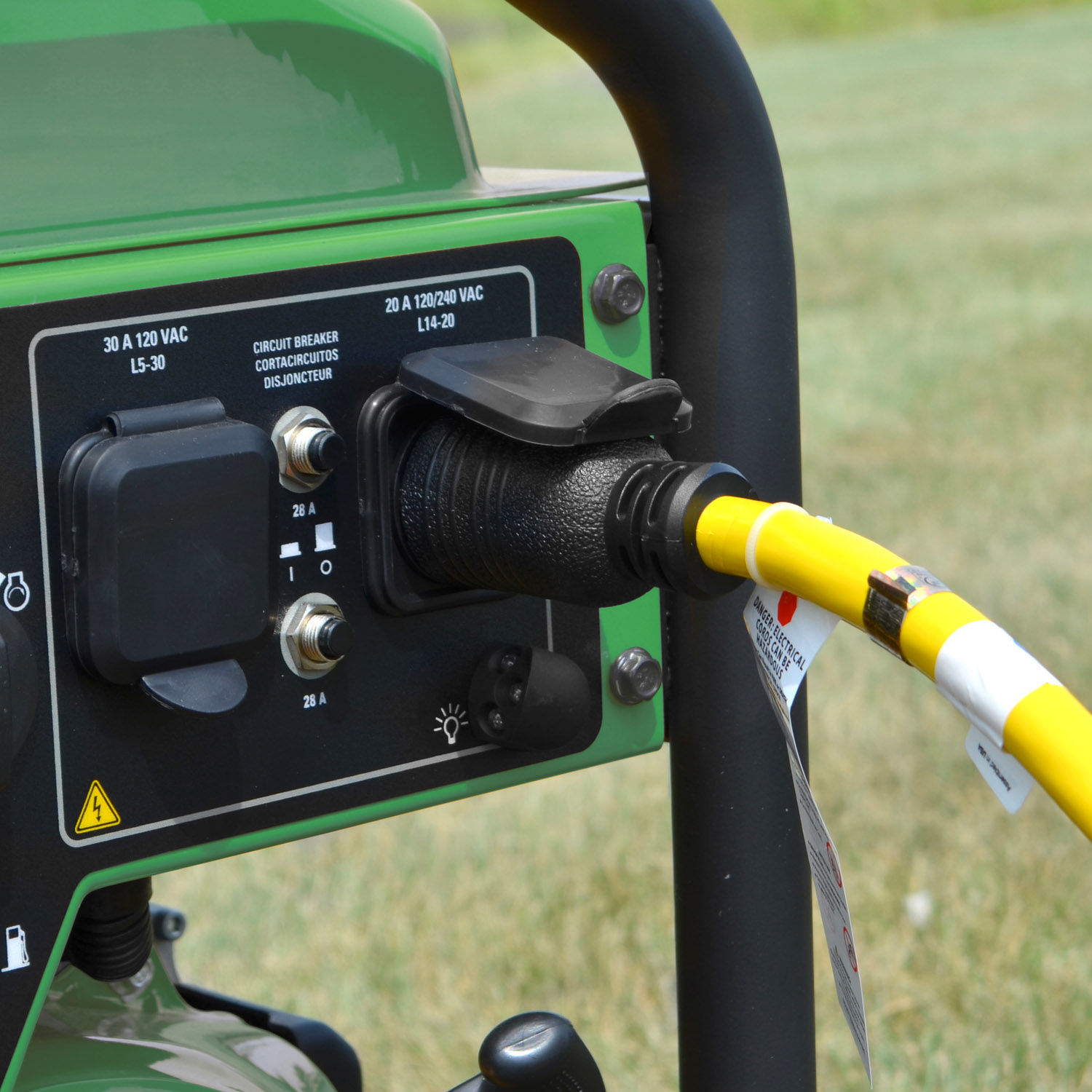
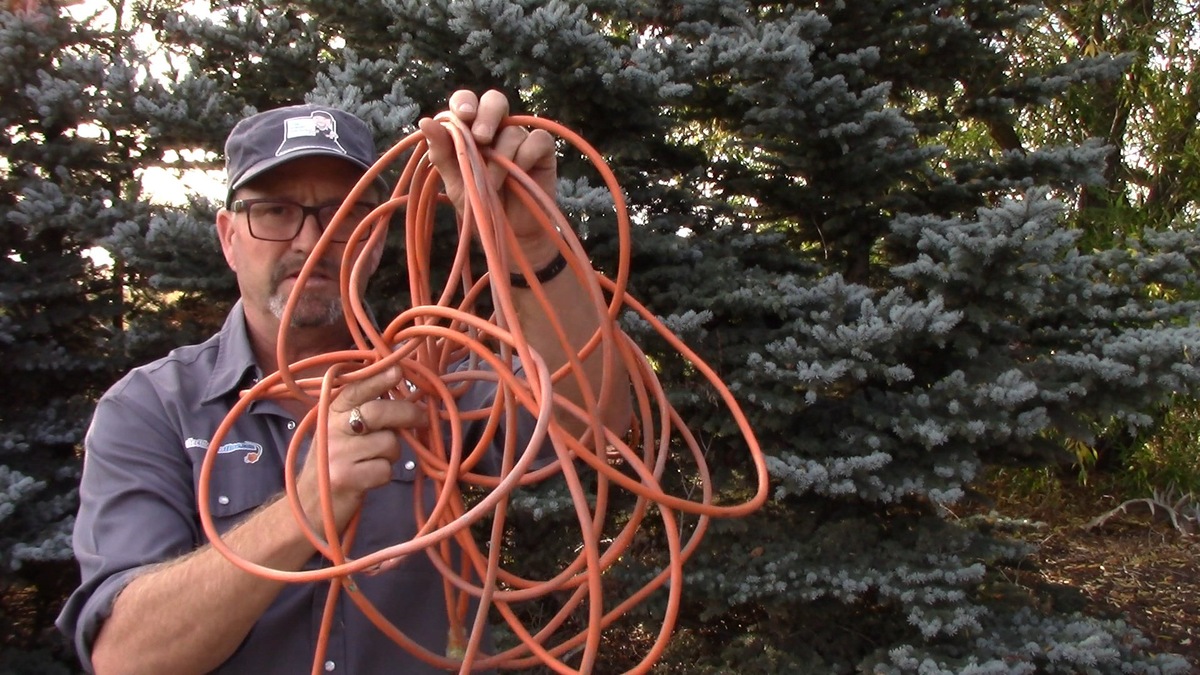

0 thoughts on “What To Do If Extension Cord Gets Wet”